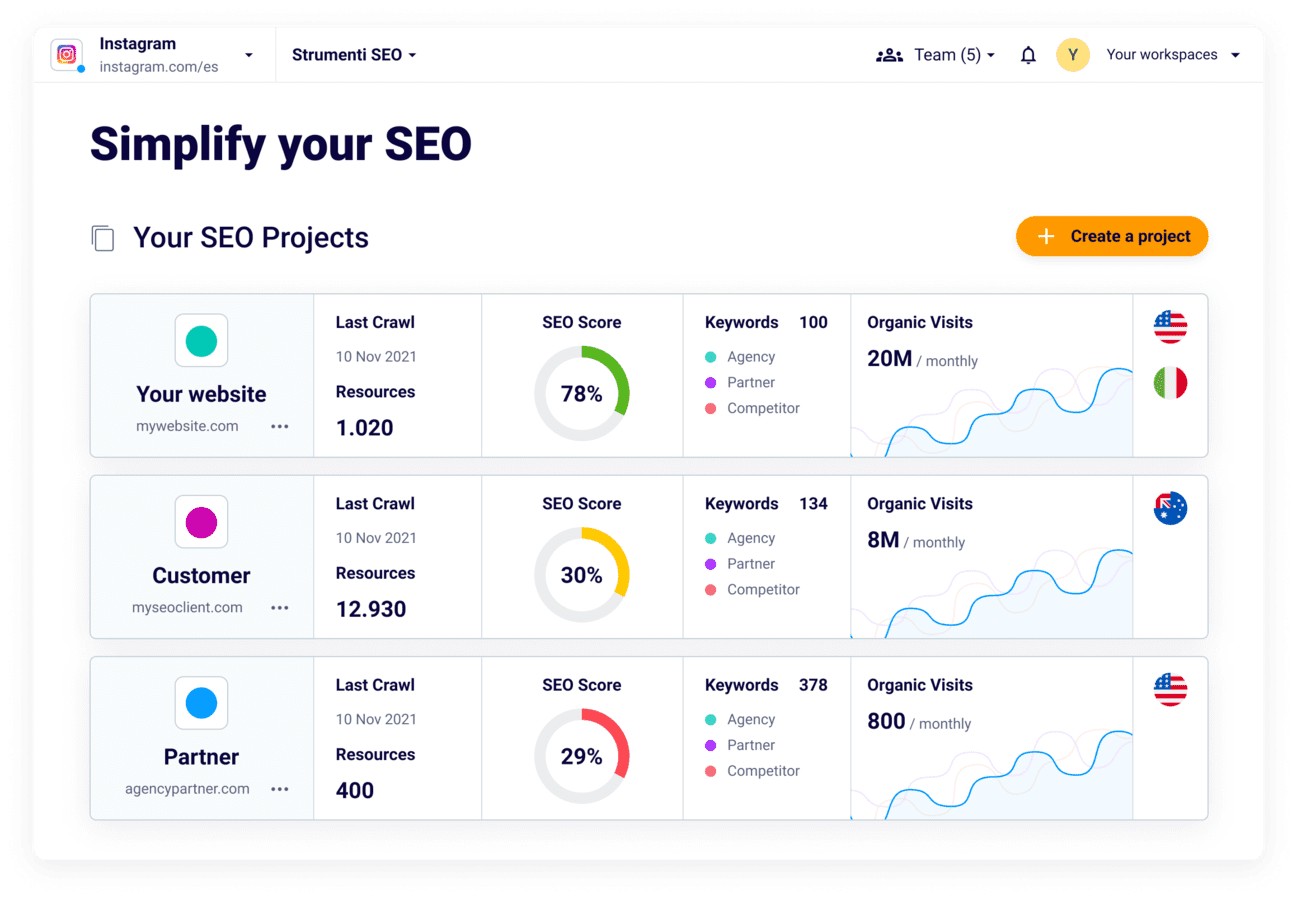Thinking Outside package: Leveraging Unique Mediums to Optimize Google Analytics Efficiency
In the realm of electronic advertising, the quest for improved Google Analytics performance has ended up being a strategic critical for services looking for to fine-tune their online visibility. Conventional approaches usually fall short in capturing the complete range of consumer communications and habits. Nonetheless, by exploring unconventional mediums as opportunities of data collection, a new realm of opportunities arises. These undiscovered territories provide a wealth of untapped insights that might potentially transform the means we comprehend and enhance our digital approaches.
Special Data Sources

CRM systems, for instance, can offer insights into individual customer communications, purchase history, and preferences, which can be integrated with Google Analytics data to create even more individualized advertising and marketing techniques. Social media site platforms use useful data on individual demographics, interests, and involvement metrics, permitting services to assess the effectiveness of their social media projects and enhance material for much better efficiency. Email advertising and marketing data, consisting of open rates, click-through prices, and conversion metrics, can also be leveraged to track customer engagement and behavior beyond web site interactions recorded by Google Analytics. By leveraging these special data resources, organizations can fine-tune their techniques, improve targeting efforts, and enhance general Google Analytics efficiency.
Social Media Insights

Furthermore, social media analytics devices enable companies to track key performance signs, screen project performance, and gauge the influence of their on-line activities. Comprehending the demographics of followers, identifying prominent material motifs, and assessing engagement levels can aid companies customize their advertising techniques for far better results.
Offline Marketing Assimilation
Incorporating offline advertising and marketing strategies with electronic analytics can boost total project efficiency and provide an extra comprehensive understanding of customer habits. what is not considered a default medium in google analytics. By linking the gap in between online and offline efforts, services can track the influence of traditional advertising and marketing networks such as print advertisements, TV commercials, direct-mail advertising, and occasions on their online existence

Furthermore, applying phone call radar for offline advertising and marketing activities makes it possible for organizations to record useful data on consumer questions generated through published products or advertisements (what is not considered a default visit medium in google analytics). By analyzing phone call data along with on the internet metrics in Google Analytics, services can obtain deeper insights right into the client journey and optimize marketing approaches for enhanced performance throughout all channels
IoT and Wearable Modern Technology
Utilizing IoT and wearable technology in electronic analytics can change data collection and consumer understandings for organizations seeking a deeper understanding of customer behavior patterns. Wearable innovation, such as smartwatches or health and fitness trackers, can supply insights into user tasks, health and wellness metrics, and also location data.
Gamification Methods
The implementation of gamification approaches in electronic analytics presents an innovative strategy to improving user interaction and driving workable understandings for organizations. By incorporating game-like aspects such as factors, badges, leaderboards, and compensates into the analytics interface, business can motivate users to connect extra often and meaningfully with the data.
Gamification encourages customers to check out various attributes of the analytics platform, revealing beneficial insights that may have or else gone undetected. Via interactive difficulties and development monitoring, users are incentivized to dive much deeper into the data, causing boosted time invested in the platform and a greater probability of discovering essential trends or patterns.
Additionally, gamification can cultivate a feeling of competition among individuals, stimulating them to pursue higher efficiency and interaction levels. This affordable spirit can drive increased customer fostering prices and a more detailed usage of the analytics tools offered. Inevitably, by leveraging gamification techniques in electronic analytics, companies can produce a more appealing and efficient environment for customers, resulting in even more enlightened decision-making and enhanced overall efficiency.
Conclusion
In conclusion, leveraging unusual tools such as special data resources, social networks understandings, offline advertising and marketing integration, IoT and wearable technology, and gamification methods can optimize Google Analytics efficiency. By thinking outside the box and discovering these alternative resources of information, services can acquire valuable insights and enhance their general advertising strategies. It is essential for firms to continuously check out brand-new methods to gather information and assess it in order to stay ahead in the ever-evolving digital landscape.
By incorporating information from resources such as consumer partnership monitoring (CRM) systems, social media platforms, and email advertising check my reference and marketing projects, organizations can get an extra detailed understanding of their target market habits and interaction patterns. Social media platforms provide useful information on customer demographics, rate of interests, and involvement metrics, permitting organizations to This Site gauge the effectiveness of their social media projects and maximize material for far better performance. By leveraging these distinct data resources, businesses can refine their techniques, improve targeting efforts, and enhance general Google Analytics efficiency.
Exploring social media insights can provide organizations with beneficial information on individual demographics, rate of interests, and engagement metrics, enabling for informed decision-making and critical optimization of marketing efforts. By believing outside the box and checking out these alternative resources of data, businesses can obtain important insights and boost their overall advertising approaches.
Comments on “Extensive Analysis: What Is Not Considered a Default Medium in Google Analytics”